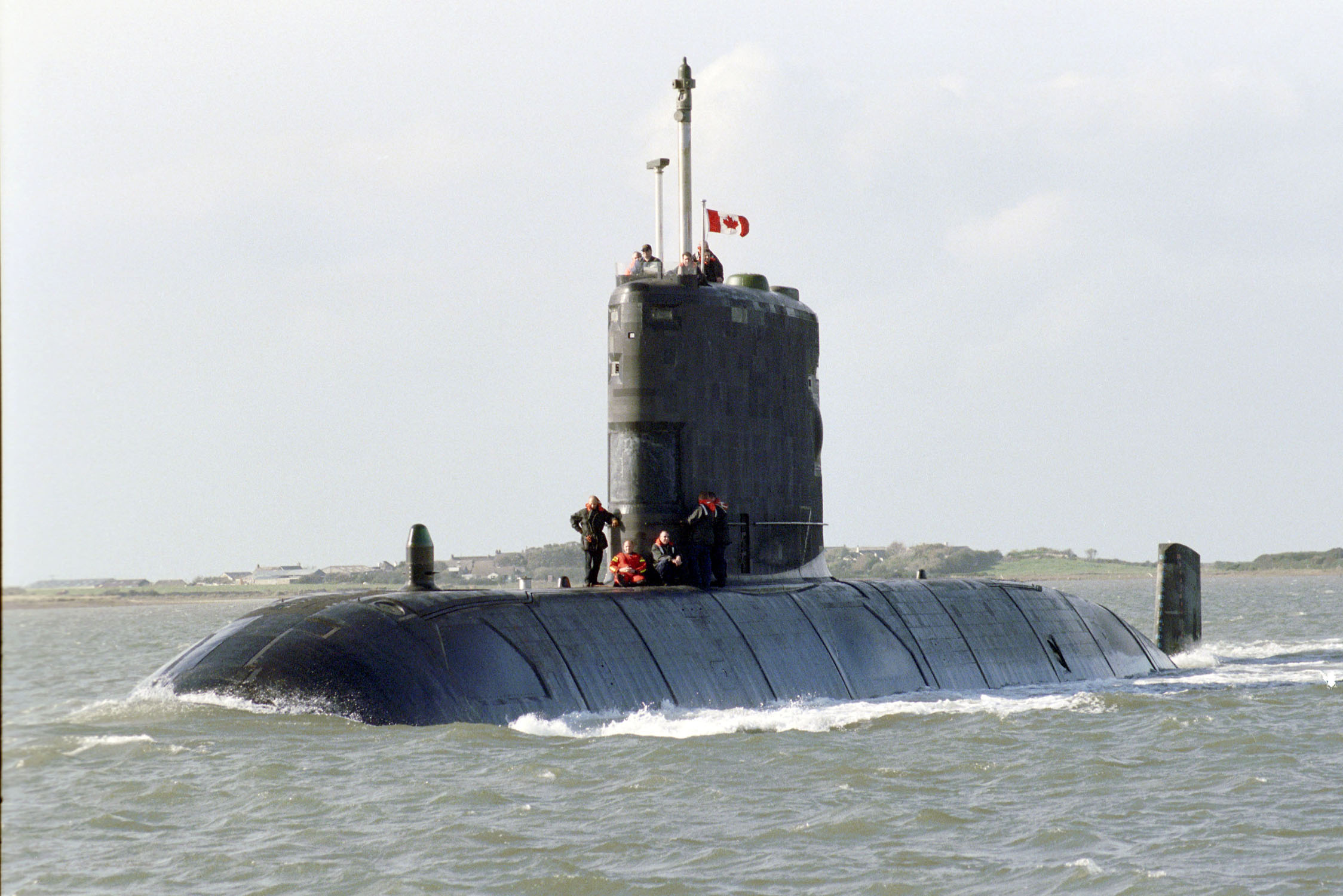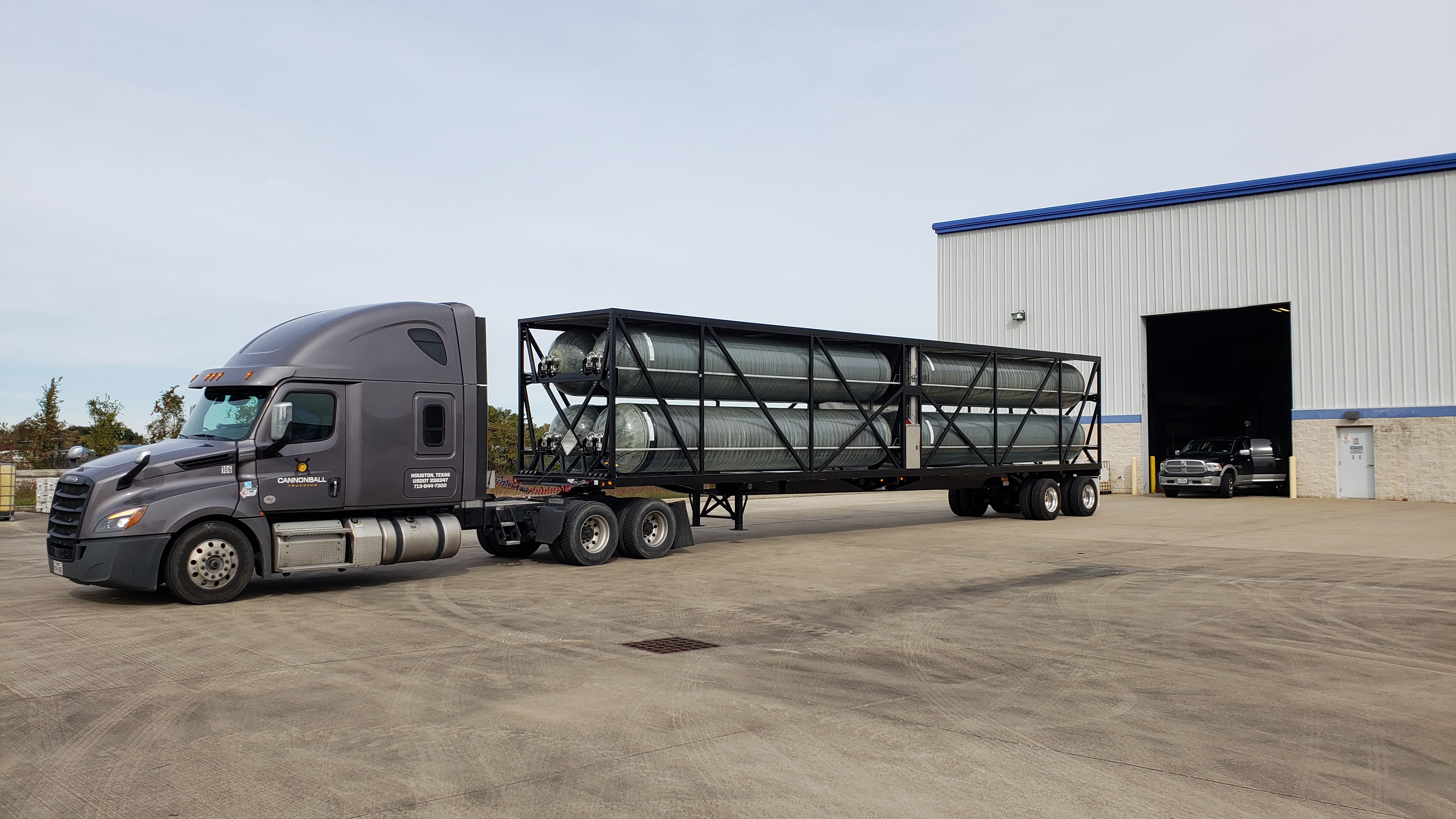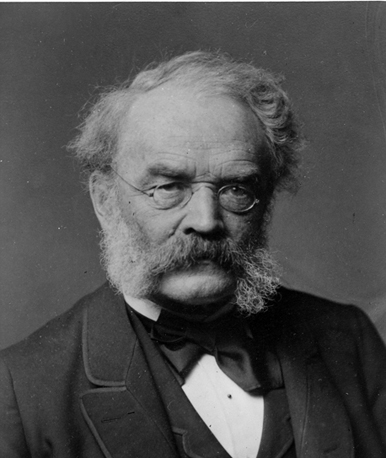|
Type 212 Submarine
The Type 212A is a class of diesel-electric attack submarine developed by Howaldtswerke-Deutsche Werft AG (HDW) for the German Navy (), and the Italian Navy where it is known as the ''Todaro'' class. It features diesel propulsion and an additional air-independent propulsion (AIP) system using Siemens proton-exchange membrane (PEM) compressed hydrogen fuel cells. The submarines can operate at high speed on diesel power or switch to the AIP system for silent slow cruising, staying submerged for up to three weeks with little exhaust heat. The system is also said to be vibration-free and virtually undetectable. The Type 212 is the first fuel cell propulsion system equipped submarine series. Development At the beginning of the 1990s the German Navy was seeking a replacement for the Type 206 submarines. Initial study started on a Type 209 improved design, with AIP capability, called Type 212. The final programme started in 1994 as the navies of Germany and Italy began workin ... [...More Info...] [...Related Items...] OR: [Wikipedia] [Google] [Baidu] |
Howaldtswerke-Deutsche Werft
Howaldtswerke-Deutsche Werft GmbH (often abbreviated HDW) is a German shipbuilding company, headquartered in Kiel. It is part of the ThyssenKrupp Marine Systems (TKMS) group, owned by ThyssenKrupp. The Howaldtswerke shipyard was founded in Kiel in 1838 and merged with Hamburg, Hamburg-based Deutsche Werft to form Howaldtswerke-Deutsche Werft (HDW) in 1968. The company's shipyard was formerly used by Friedrich Krupp Germaniawerft until the end of World War II. History HDW was founded October 1, 1838 in Kiel by engineer August Howaldt and entrepreneur under the name ''Maschinenbauanstalt und Eisengießerei Schweffel & Howaldt'' (Machine Factory and Iron Foundry Schweffel & Howaldt), initially building boilers. The first steam engine for naval purposes was built in 1849 for Von der Tann (gunboat), ''Von der Tann'', a gunboat for the small navy of Schleswig-Holstein. In 1850, the company built an early submarine, ''Brandtaucher'', designed by Wilhelm Bauer. It had been intended ... [...More Info...] [...Related Items...] OR: [Wikipedia] [Google] [Baidu] |
Attack Submarine
An attack submarine or hunter-killer submarine is a submarine specifically designed for the purpose of attacking and sinking other submarines, surface combatants, and merchant vessels. In the Soviet Navy, Soviet and Russian Navy, Russian navies they were and are called "multi-purpose submarines". They are also used to protect friendly surface combatants and Ballistic missile submarine, missile submarines. Some attack subs are also armed with submarine-launched cruise missile, cruise missiles, increasing the scope of their potential missions to include land targets. Attack submarines may be either nuclear marine propulsion, nuclear-powered or diesel–electric ("conventionally") powered. In the United States Navy hull classification symbol, naming system, and in the equivalent NATO system (STANAG 1166), nuclear-powered attack submarines are known as SSN (hull classification symbol), SSNs and their anti-submarine warfare, anti-submarine (ASW) diesel–electric predecessors are SSK ... [...More Info...] [...Related Items...] OR: [Wikipedia] [Google] [Baidu] |
Mediterranean Sea
The Mediterranean Sea ( ) is a sea connected to the Atlantic Ocean, surrounded by the Mediterranean basin and almost completely enclosed by land: on the east by the Levant in West Asia, on the north by Anatolia in West Asia and Southern Europe, on the south by North Africa, and on the west almost by the Morocco–Spain border. The Mediterranean Sea covers an area of about , representing 0.7% of the global ocean surface, but its connection to the Atlantic via the Strait of Gibraltar—the narrow strait that connects the Atlantic Ocean to the Mediterranean Sea and separates the Iberian Peninsula in Europe from Morocco in Africa—is only wide. Geological evidence indicates that around 5.9 million years ago, the Mediterranean was cut off from the Atlantic and was partly or completely desiccation, desiccated over a period of some 600,000 years during the Messinian salinity crisis before being refilled by the Zanclean flood about 5.3 million years ago. The sea was an important ... [...More Info...] [...Related Items...] OR: [Wikipedia] [Google] [Baidu] |
Baltic Sea
The Baltic Sea is an arm of the Atlantic Ocean that is enclosed by the countries of Denmark, Estonia, Finland, Germany, Latvia, Lithuania, Poland, Russia, Sweden, and the North European Plain, North and Central European Plain regions. It is the world's largest brackish water basin. The sea stretches from 53°N to 66°N latitude and from 10°E to 30°E longitude. It is a Continental shelf#Shelf seas, shelf sea and marginal sea of the Atlantic with limited water exchange between the two, making it an inland sea. The Baltic Sea drains through the Danish straits into the Kattegat by way of the Øresund, Great Belt and Little Belt. It includes the Gulf of Bothnia (divided into the Bothnian Bay and the Bothnian Sea), the Gulf of Finland, the Gulf of Riga and the Bay of Gdańsk. The "Baltic Proper" is bordered on its northern edge, at latitude 60°N, by Åland and the Gulf of Bothnia, on its northeastern edge by the Gulf of Finland, on its eastern edge by the Gulf of Riga, and in the ... [...More Info...] [...Related Items...] OR: [Wikipedia] [Google] [Baidu] |
Air-independent Propulsion
Air-independent propulsion (AIP), or air-independent power, is any marine propulsion technology that allows a non-nuclear submarine to operate without access to atmospheric oxygen (by surfacing or using a snorkel). AIP can augment or replace the diesel-electric propulsion system of non-nuclear vessels. Modern non-nuclear submarines are potentially stealthier than nuclear submarines; although some modern submarine reactors are designed to rely on natural circulation, most naval nuclear reactors use pumps to constantly circulate the reactor coolant, generating some amount of detectable noise. Non-nuclear submarines running on battery power or AIP, on the other hand, can be virtually silent. While nuclear-powered designs still dominate in submergence times, speed, range and deep-ocean performance, small, high-tech non-nuclear attack submarines can be highly effective in coastal operations and pose a significant threat to less-stealthy and less-maneuverable nuclear submarines. A ... [...More Info...] [...Related Items...] OR: [Wikipedia] [Google] [Baidu] |
Type 209 Submarine
The Type 209 () is a range of diesel-electric attack submarines developed exclusively for export by Howaldtswerke-Deutsche Werft of Germany. Five class variants (Types 209/1100, 209/1200, 209/1300, 209/1400 and 209/1500), including modifications thereof, have been successfully exported to 15 countries, with 68 submarines being built and commissioned to five different variants between 1971 and 2021. More boats have been built to modified designs. The original variant, the Type 209/1100, was designed in the late 1960s with Greece becoming its first adopter. Turkey is the largest adopter, having purchased 14 submarines consisting of eight Type 209/1400 and six Type 209/1200 submarines. A non-specific variant was adopted by Israel as its first ''Dolphin'' class. The Type 209 family is the most widely proliferated submarine in Latin America, having been adopted by seven countries. Development In the early 1970s, many navies began to need replacements for World War II-era submari ... [...More Info...] [...Related Items...] OR: [Wikipedia] [Google] [Baidu] |
Fuel Cell
A fuel cell is an electrochemical cell that converts the chemical energy of a fuel (often hydrogen fuel, hydrogen) and an oxidizing agent (often oxygen) into electricity through a pair of redox reactions. Fuel cells are different from most battery (electricity), batteries in requiring a continuous source of fuel and oxygen (usually from air) to sustain the chemical reaction, whereas in a battery the chemical energy usually comes from substances that are already present in the battery. Fuel cells can produce electricity continuously for as long as fuel and oxygen are supplied. The first fuel cells were invented by Sir William Robert Grove, William Grove in 1838. The first commercial use of fuel cells came almost a century later following the invention of the hydrogen–oxygen fuel cell by Francis Thomas Bacon in 1932. The alkaline fuel cell, also known as the Bacon fuel cell after its inventor, has been used in NASA space programs since the mid-1960s to generate power for sate ... [...More Info...] [...Related Items...] OR: [Wikipedia] [Google] [Baidu] |
Compressed Hydrogen
Compressed hydrogen (CH2, CGH2 or CGH2) is the gaseous state of the element hydrogen kept under pressure. Compressed hydrogen in hydrogen tanks at 350 bar (5,000 psi) and 700 bar (10,000 psi) is used for mobile hydrogen storage in hydrogen vehicles. It is used as a fuel gas. Infrastructure Compressed hydrogen is used in hydrogen pipeline transport and in compressed hydrogen tube trailer transport. See also * Combined cycle powered railway locomotive * Cryo-adsorption *Gas compressor * Gasoline gallon equivalent *Hydrogen compressor *Hydrogen safety *Liquid hydrogen * Liquefaction of gases *Metallic hydrogen * Slush hydrogen *Standard cubic foot *Timeline of hydrogen technologies This is a timeline of the history of hydrogen technology. Timeline 16th century * c. 1520 – First recorded observation of hydrogen by Paracelsus through dissolution of metals (iron, zinc, and tin) in sulfuric acid. 17th century * 1625 – F ... References External links COMPRESSED HYDROGEN ... [...More Info...] [...Related Items...] OR: [Wikipedia] [Google] [Baidu] |
Proton-exchange Membrane Fuel Cell
Proton-exchange membrane fuel cells (PEMFC), also known as polymer electrolyte membrane (PEM) fuel cells, are a type of fuel cell being developed mainly for transport applications, as well as for stationary fuel-cell applications and portable fuel-cell applications. Their distinguishing features include lower temperature/pressure ranges (50 to 100 °C) and a special proton-conducting polymer electrolyte membrane. PEMFCs generate electricity and operate on the opposite principle to PEM electrolysis, which consumes electricity. They are a leading candidate to replace the aging alkaline fuel-cell technology, which was used in the Space Shuttle. Science PEMFCs are built out of membrane electrode assemblies (MEA) which include the electrodes, electrolyte, catalyst, and gas diffusion layers. An ink of catalyst, carbon, and electrode are sprayed or painted onto the solid electrolyte and carbon paper is hot pressed on either side to protect the inside of the cell and also act a ... [...More Info...] [...Related Items...] OR: [Wikipedia] [Google] [Baidu] |
Siemens
Siemens AG ( ) is a German multinational technology conglomerate. It is focused on industrial automation, building automation, rail transport and health technology. Siemens is the largest engineering company in Europe, and holds the position of global market leader in industrial automation and industrial software. The origins of the conglomerate can be traced back to 1847 to the ''Telegraphen Bau-Anstalt von Siemens & Halske'' established in Berlin by Werner von Siemens and Johann Georg Halske. In 1966, the present-day corporation emerged from the merger of three companies: Siemens & Halske, Siemens-Schuckert, and Siemens-Reiniger-Werke. Today headquartered in Munich and Berlin, Siemens and its subsidiaries employ approximately 320,000 people worldwide and reported a global revenue of around €78 billion in 2023. The company is a component of the DAX and Euro Stoxx 50 stock market indices. As of December 2023, Siemens is the second largest German company by market ca ... [...More Info...] [...Related Items...] OR: [Wikipedia] [Google] [Baidu] |
Air-independent Propulsion
Air-independent propulsion (AIP), or air-independent power, is any marine propulsion technology that allows a non-nuclear submarine to operate without access to atmospheric oxygen (by surfacing or using a snorkel). AIP can augment or replace the diesel-electric propulsion system of non-nuclear vessels. Modern non-nuclear submarines are potentially stealthier than nuclear submarines; although some modern submarine reactors are designed to rely on natural circulation, most naval nuclear reactors use pumps to constantly circulate the reactor coolant, generating some amount of detectable noise. Non-nuclear submarines running on battery power or AIP, on the other hand, can be virtually silent. While nuclear-powered designs still dominate in submergence times, speed, range and deep-ocean performance, small, high-tech non-nuclear attack submarines can be highly effective in coastal operations and pose a significant threat to less-stealthy and less-maneuverable nuclear submarines. A ... [...More Info...] [...Related Items...] OR: [Wikipedia] [Google] [Baidu] |










